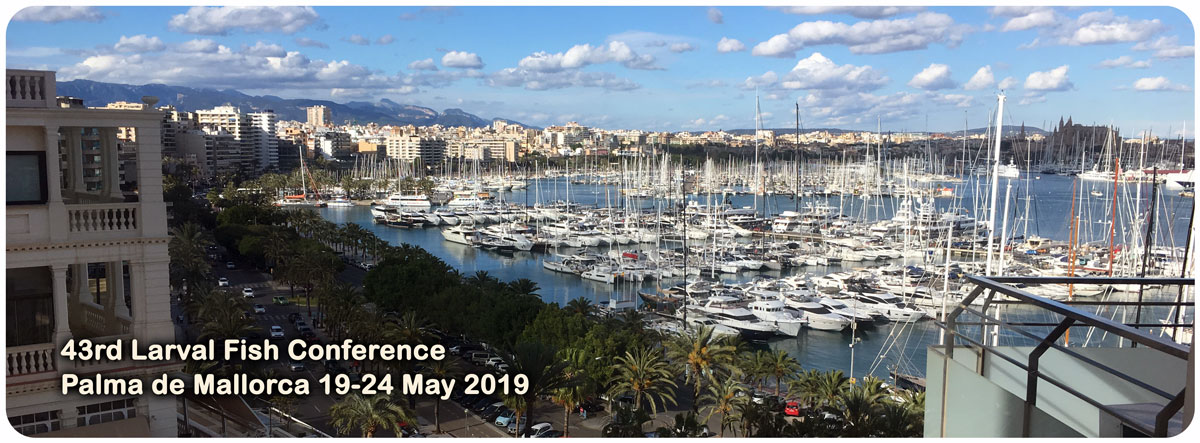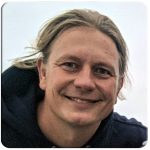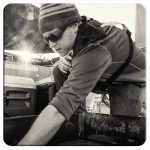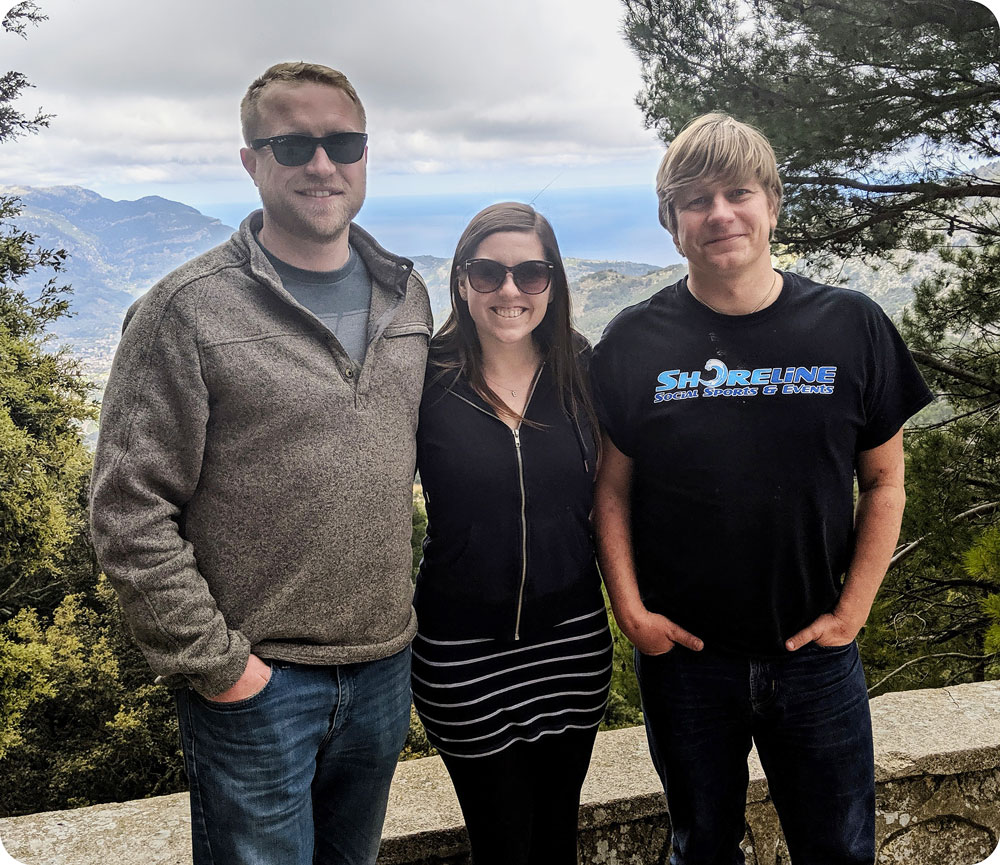
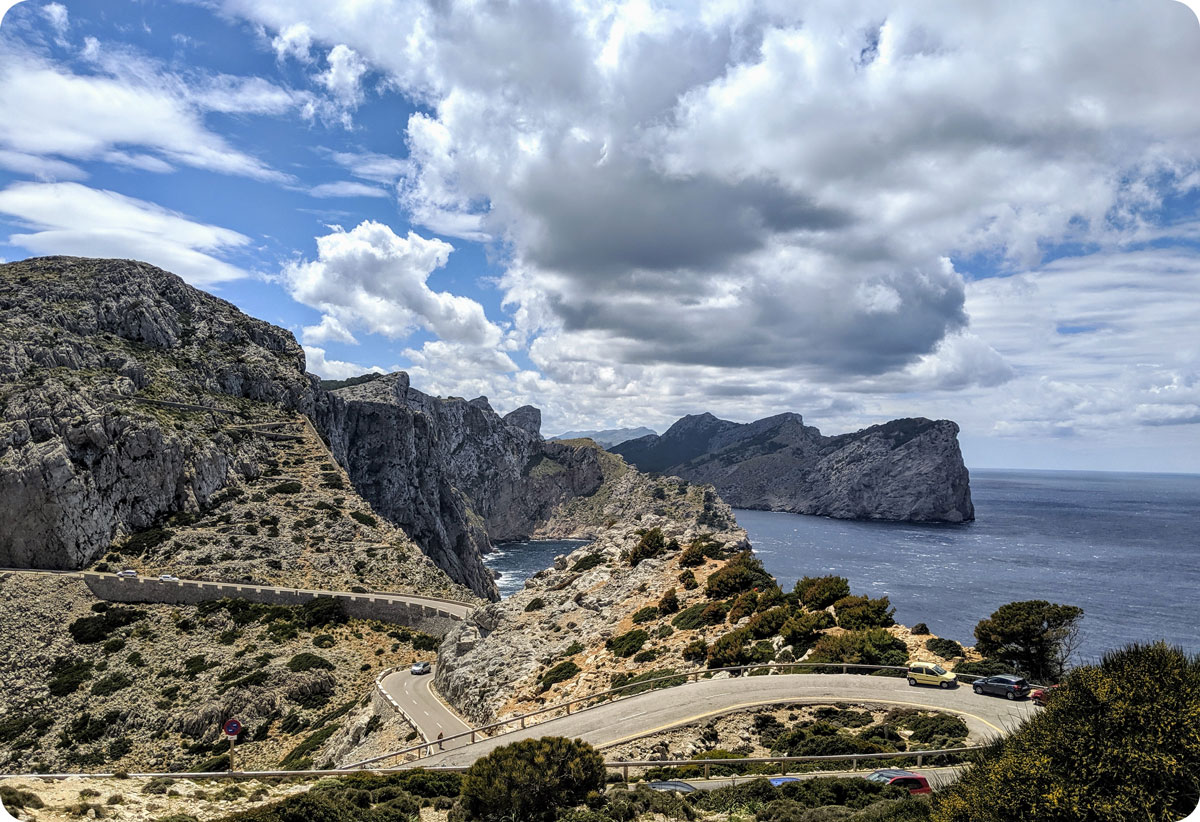
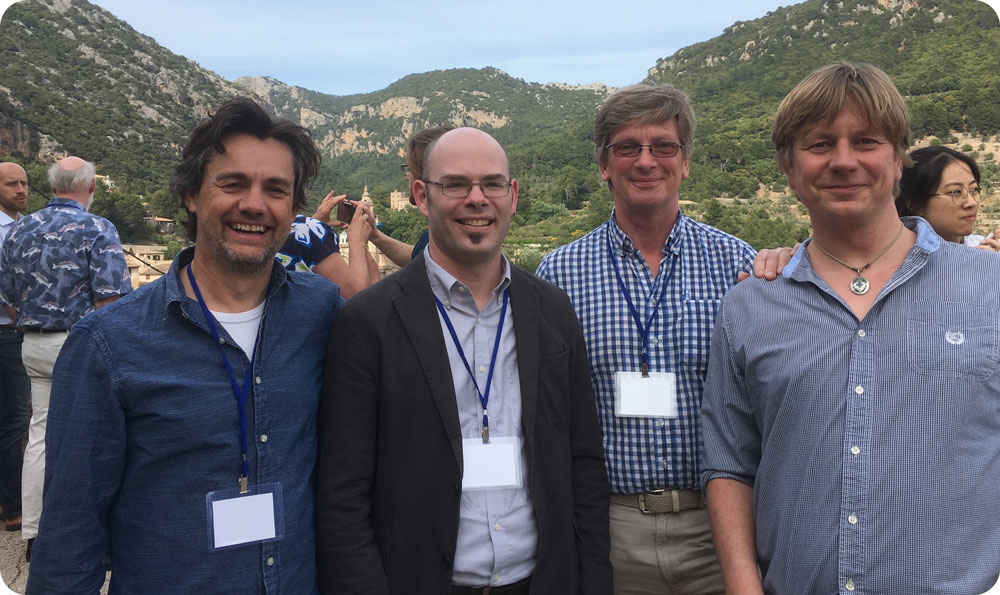
Before and after the conference, there was also some time to explore the beautiful island of Mallorca with its breathtaking mountain scenery and turquoise coves.
Chris and Emma’s presented:
- Murray, C.S., Cross, E.L., and Baumann H. A factorial evaluation of the combined effects of acidification and hypoxia in Atlantic silverside offspring. Talk.
- Cross, E.L., Murray, C.S. and Baumann H.Diel and tidal cycles of CO2 and dissolved oxygen conditions provide physiological refuge to a coastal forage fish, Menidia menidia under acidification and hypoxia. Talk.



